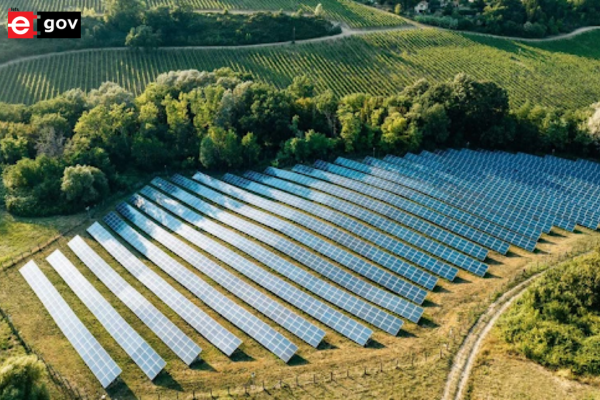
Gujarat, with its long Indian coastline of about 1600 km, has abundant water resources. Water, a great renewable energy source, acts as a catalyst to achieve the state’s renewable energy goals of 100 GW by 2030. As per Gujarat Urja Vikas Nigam Limited (GUVNL) , “Pumped hydro storage is the backbone of the government’s strategy to ensure a balanced grid and uninterrupted power supply as Gujarat transitions to more renewable energy.”
16 SITES RESERVED FOR PHS PROJECTS

GUVNL has reserved 16 sites for pumped hydro storage projects with a combined capacity of 14,210 MW. This massive initiative is part of Gujarat’s strategy to balance energy fluctuations inherent in renewable energy sources.
Solar and wind power, while clean, are intermittent, and PHS provides a proven technology to store excess energy during peak generation periods and release it when demand is high.

THE ROLE OF NHPC AND THE KUPPA HYDRO STORAGE PROJECT PROJECT

The National Hydroelectric Power Corporation (NHPC) has also played a pivotal role in developing pumped storage capacity in Gujarat. In July 2024, NHPC pledged to invest ₹40 billion in the 750 MW Kuppa Hydro Storage Project. This landmark project highlights the increasing cooperation between the central government, public sector units, and the state of Gujarat to meet energy storage needs. NHPC’s collaboration with the Gujarat government aims to accelerate the deployment of pumped hydro facilities.

As per NHPC, the Pumped storage projects like Kuppa are essential for ensuring grid stability and storing surplus
energy, particularly as Gujarat expands its renewable energy capacity. The Kuppa project supports Gujarat’s growing renewable portfolio by addressing solar and wind generation variability. When fully operational, this storage system will be critical in absorbing excess power during off-peak hours and delivering it during peak demand, enhancing grid resilience.
Environmental and Economic Impact Pumped hydro storage is considered one of the most environment friendly
large-scale energy storage options. Unlike chemical batteries, PHS uses water and gravitational force to store energy minimising environmental impact. Additionally, these projects create employment opportunities, stimulate local
economies, and contribute to sustainable development.
Also Read :- Resource Adequacy: Ensuring Reliable Power for India’s Future
With Gujarat’s renewable energy goals, pumped storage systems offer immense environmental and economic benefits. The development of these projects is expected to generate hundreds of jobs, particularly in the construction and operational phases. Furthermore, as India strives for a more sustainable energy mix, PHS projects will help the state meet its carbon reduction targets, contributing to the larger national goal of reducing emissions by 33-35%
compared to 2005 levels by 2030.
Gujarat’s commitment to pumped hydro storage is clear, with significant investments, strategic partnerships, and
carefully selected sites already in place. The state is leading India in addressing the challenges of renewable energy integration by ensuring that the grid can handle fluctuations in supply and demand. With projects like the Kuppa Hydro Storage Project and identifying 14,210 MW of storage capacity across 16 sites, Gujarat is positioning itself at the forefront of India’s energy revolution.
As India moves closer to its renewable energy goals, Gujarat’s investments in pumped hydro storage will play a pivotal role in ensuring a clean, reliable, and sustainable energy future.
Be a part of Elets Collaborative Initiatives. Join Us for Upcoming Events and explore business opportunities. Like us on Facebook , connect with us on LinkedIn and follow us on Twitter, Instagram.
"Exciting news! Elets technomedia is now on WhatsApp Channels Subscribe today by clicking the link and stay updated with the latest insights!" Click here!













